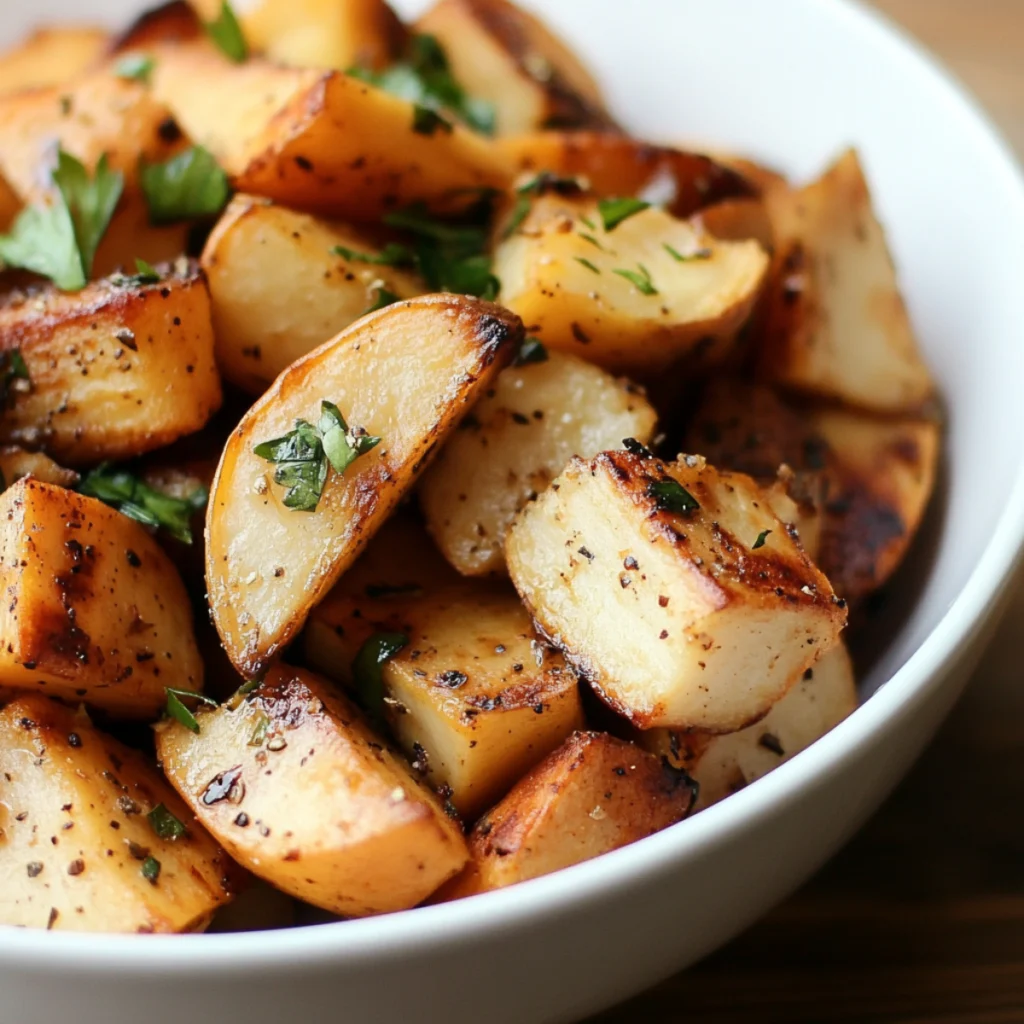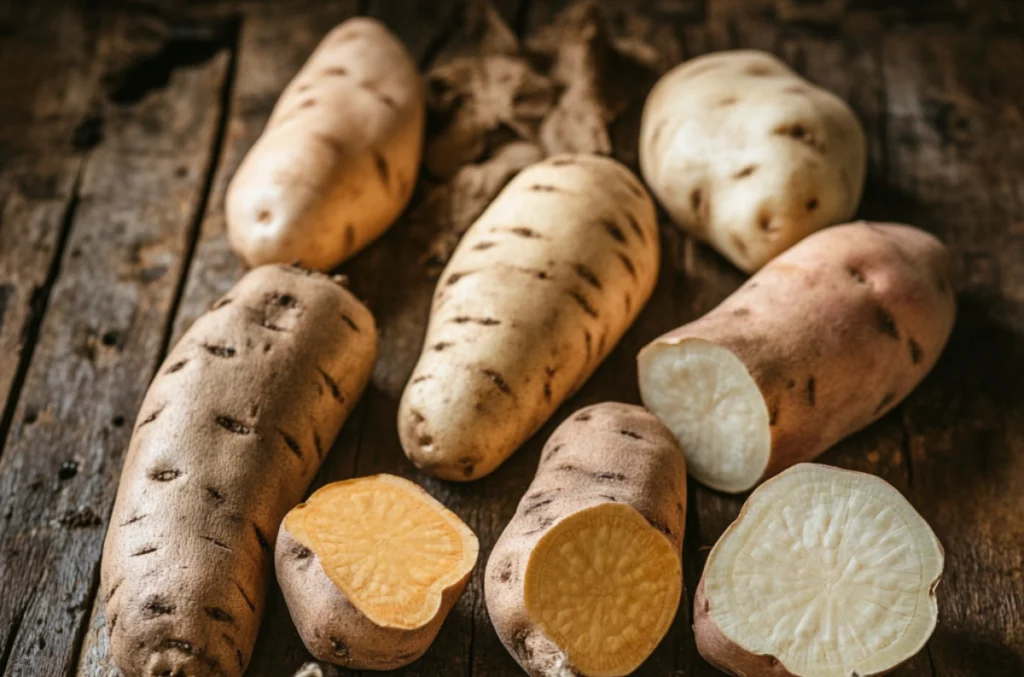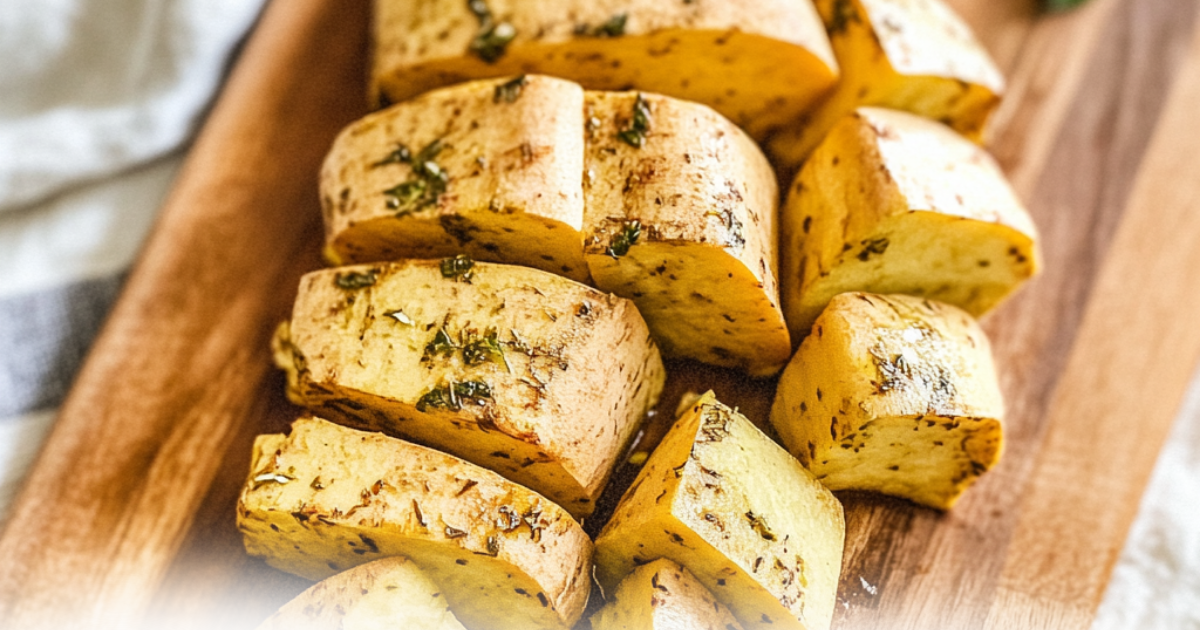White sweet potato is an nutrient-rich and versatile root vegetable becoming more popular due to their light sweetness, soft texture as well as health advantages. In contrast to their orange counterparts white sweet potatoes are less in beta-carotene yet are brimming with vitamin C, fiber and potassium. These sweet potatoes are ideal for both sweet and savory dishes, which makes them a staple ingredient in many cuisines across the globe. Whether roasted, mashed, or used in innovative recipes, white sweet potatoes are a delicious and healthy choice.
Table of contents
Introduction to White Sweet Potatoes
What are White Sweet Potatoes?
White sweet potato are not a popular variety of the classic sweet potato. They are popular for their light white or cream-colored flesh as well as thin skin. Contrary to their orange counterparts white sweet potatoes are mild in sweetness as well as a dry and starchier texture, which makes them an excellent choice for those looking for a less sour taste.

White sweet potatoes is part of the same group as the orange and purple varieties, but it is distinct in its features. It’s often mistaken for white yams because of its appearance, however, both aren’t interchangeable. The white sweet potato is abundant in nutrients and fiber and nutrients, making them a healthier alternative in comparison to white potatoes.
How Do They Differ from Traditional Orange Sweet Potatoes?
While both white and orange sweet potatoes are nutrient-dense, their flavor profiles, textures, and nutritional content vary. Orange sweet potatoes are rich in beta-carotene, giving them their signature hue. White sweet potatoes, on the other hand, are lower in beta-carotene but pack other vital nutrients like vitamin C and potassium.
Their neutral taste makes them incredibly versatile in recipes, suitable for both savory and sweet dishes. Whether mashed, roasted, or fried, white sweet potatoes fit seamlessly into a wide variety of meals. Plus, they’re gluten-free and loaded with complex carbohydrates, making them ideal for energy-packed diets.
Nutritional Profile and Health Benefits
Key Nutrients Found in White Sweet Potatoes
White sweet potatoes are a powerhouse of essential nutrients. Packed with dietary fiber, vitamins, and minerals, they contribute significantly to a balanced diet. They are especially rich in vitamin C, which supports immune health, and potassium, a mineral crucial for maintaining healthy blood pressure.
Additionally, white sweet potatoes contain moderate amounts of manganese, which aids in bone health, and vitamin B6, which plays a role in brain function. With fewer calories than regular white potatoes and a lower glycemic index, they’re a better option for managing blood sugar levels. Plus, their high fiber content makes them a go-to for improving digestion.
Benefits for Digestive Health
White sweet potatoes are an excellent source of fiber, which promotes a healthy gut. The fiber aids in preventing constipation and keeps your digestive system running smoothly. Additionally, they contain resistant starch, which acts as food for beneficial gut bacteria. This, in turn, helps reduce inflammation and enhances overall digestive health.

Their mild flavor and easy-to-digest nature make them an ideal choice for those with sensitive stomachs or digestive disorders. Whether steamed or baked, incorporating white sweet potatoes into your meals can do wonders for your gut.
Role in Supporting Immune Function
The white sweet potato is a natural immune booster. Thanks to its high vitamin C content, it helps the body fight off infections and speeds up recovery from illnesses. Vitamin C also plays a key role in the production of collagen, which is essential for skin health and wound healing.
Moreover, its antioxidant properties protect cells from damage caused by free radicals, keeping your body healthier in the long run.
White Sweet Potatoes and Weight Management
For those aiming to manage their weight, white sweet potatoes are a great ally. Their complex carbohydrates provide a steady energy source, keeping you fuller for longer and curbing unhealthy snacking. The fiber content also supports weight loss by aiding digestion and reducing appetite.
Swapping regular potatoes for white sweet potatoes in meals is an easy, effective way to make your diet healthier without sacrificing taste.
Varieties and Origins
Where Do White Sweet Potatoes Come From?
White sweet potatoes have a long history, with origins tracing back to Central and South America. They were cultivated thousands of years ago by indigenous populations and remain a staple crop in many regions. Today, they are grown in tropical and subtropical climates worldwide, including the United States, Asia, and Africa.
Unlike orange sweet potatoes, white varieties are less common in supermarkets but are gaining popularity due to their versatility and subtle flavor. Their ability to grow in diverse conditions makes them a resilient and sustainable food source.
Popular Varieties and Their Characteristics
There are several varieties of white sweet potatoes, each with unique characteristics. The Hannah sweet potato, for example, is known for its creamy texture and subtly sweet flavor. The Boniato, popular in Latin American and Caribbean cuisine, has a drier, fluffier texture, making it perfect for frying or mashing.
Another notable variety is the Jersey sweet potato, which is slightly firmer and holds its shape well when roasted. Each type brings a different experience to the table, so experimenting with various kinds can add diversity to your meals.
White sweet potatoes stand out for their mild taste, which pairs well with a wide range of ingredients. Their natural adaptability has made them a cherished ingredient across cultures and cuisines.
Culinary Uses and Cooking Methods
Best Ways to Cook White Sweet Potatoes
Cooking white sweet potatoes can be an adventure, as their mild flavor adapts to various culinary methods. You can roast them to bring out their natural sweetness, boil them for a tender texture, or bake them for a healthy side dish. They also make fantastic fries or chips when sliced thinly and cooked in the oven.

When mashing white sweet potatoes, add a touch of butter, garlic, or herbs to create a creamy and flavorful dish. Their starchy quality also makes them an excellent substitute for regular potatoes in recipes like shepherd’s pie or hash browns.
Baking vs. Boiling: Which Retains More Nutrients?
When preparing white sweet potatoes, you might wonder which cooking method preserves the most nutrients. Boiling is a great option for retaining water-soluble vitamins like vitamin C. However, baking enhances their natural flavor and sweetness while concentrating their nutrient content.
For those seeking convenience, microwaving is quick and retains a significant amount of the potato’s nutritional value. Whatever method you choose, these tubers maintain their health benefits while offering versatility in the kitchen.
Tips for Preparing Delicious White Sweet Potato Dishes
Before cooking, scrub the potatoes well to remove any dirt. For even cooking, cut them into uniform pieces. A drizzle of olive oil and a sprinkle of seasoning can elevate their flavor, whether you’re roasting wedges or grilling slices.
If you’re looking for more inspiration, try pairing white sweet potatoes with ingredients like rosemary, garlic, or a dash of paprika for a smoky twist. For a sweet dish, sprinkle with cinnamon and drizzle with honey.
Delicious White Sweet Potato Recipes
Easy Recipes for Beginners
White sweet potatoes are perfect for simple yet satisfying recipes. Try making roasted wedges seasoned with olive oil, salt, and black pepper—ideal as a healthy snack or side dish. Another quick option is a creamy white sweet potato mash. Just boil the potatoes until tender, mash them with a fork, and add butter and a pinch of nutmeg.
Innovative Recipes for Advanced Home Cooks
For more adventurous cooks, white sweet potato gnocchi is a must-try. Combine mashed potatoes with flour, form the dough into small pieces, and cook them in boiling water. Serve with your favorite sauce for a comforting meal.
A unique twist is white sweet potato flatbread, where grated sweet potatoes are combined with flour and spices to create a pliable, flavorful dough.
Traditional Dishes Featuring White Sweet Potatoes
White sweet potatoes often feature in traditional recipes worldwide. In Caribbean cuisine, they are a key ingredient in stews and soups. For a sweet treat, consider making a white sweet potato pudding, a delightful dessert that combines mashed potatoes with sugar, coconut milk, and spices like cinnamon and nutmeg.
Check out Sweet Potato Breakfast Bowl Recipe for a healthy start to your day.
White Sweet Potatoes in Global Cuisines
Popular Dishes Around the World
The white sweet potato is a staple ingredient in many cuisines worldwide. In the Caribbean, it plays a starring role in hearty stews, often paired with meats and other root vegetables. These stews bring a comforting, rich flavor that’s deeply satisfying.
In Southeast Asia, white sweet potatoes are commonly used in desserts. For example, the Philippines has “ginataang kamote,” a dish where sweet potatoes are simmered in coconut milk with sugar and tapioca pearls. Meanwhile, in Africa, they’re often included in yam-based dishes, adding a slightly sweet balance to savory recipes.
Pairing White Sweet Potatoes with Other Ingredients
One of the best things about white sweet potatoes is their versatility. They pair beautifully with a wide variety of ingredients. Combine them with cinnamon and honey for a sweet, warming dish, or try a savory pairing with garlic, rosemary, and olive oil for a Mediterranean twist.
For a more protein-packed meal, add white sweet potatoes to curries with lentils or chickpeas. They also work wonderfully in salads, adding texture and a hint of sweetness. Experimenting with different combinations can unlock exciting new flavors.
Growing and Storing White Sweet Potatoes
How to Cultivate White Sweet Potatoes at Home
Growing your own white sweet potatoes can be incredibly rewarding. They thrive in warm climates with plenty of sunshine and well-draining soil. To start, plant slips (rooted sprouts) in rows about 12 inches apart, ensuring enough space for their sprawling vines.
Regular watering is key, but avoid overwatering to prevent rot. Adding compost or organic matter to the soil can boost growth. Harvest the potatoes once the vines start to yellow, usually after 90–120 days.
Storage Tips to Maximize Freshness
Storing white sweet potatoes correctly ensures they stay fresh and flavorful for weeks. First, let them cure in a warm, humid spot for 1–2 weeks after harvesting. This process helps to toughen their skin and enhance their sweetness.
Once cured, store them in a cool, dark, and well-ventilated place. Avoid storing them in the fridge, as this can alter their texture and flavor. Instead, opt for a pantry or cellar where temperatures stay consistent. Properly stored, these versatile tubers can last up to several months.
FAQs About White Sweet Potatoes
Are White Sweet Potatoes Healthier Than Regular Potatoes?
Yes, white sweet potatoes are often considered a healthier option compared to regular white potatoes. They are packed with more fiber, which supports better digestion, and contain a lower glycemic index, helping maintain stable blood sugar levels. Additionally, they are rich in essential vitamins like vitamin C and potassium, making them a nutrient-dense choice for a balanced diet.
While regular potatoes are also nutritious, white sweet potatoes offer a unique combination of natural sweetness and nutritional benefits, making them a great alternative in various recipes.
Can White Sweet Potatoes Be Used as a Substitute for Orange Varieties?
Absolutely! White sweet potatoes can be swapped for orange sweet potatoes in most recipes. They have a similar texture but a milder flavor, which works well in both sweet and savory dishes. For instance, you can use them in pies, mashes, or casseroles without compromising on the dish’s overall appeal.
However, due to their lower beta-carotene content, you might miss out on some of the vibrant color and antioxidant benefits provided by orange sweet potatoes. Still, white sweet potatoes hold their own as a versatile and nutritious option.
What Makes Them Suitable for Certain Diets?
White sweet potatoes are naturally gluten-free and low in fat, making them an excellent choice for gluten-sensitive individuals and those following low-fat diets. Their high fiber content and complex carbohydrates also make them ideal for maintaining steady energy levels, benefiting athletes and active individuals alike.

